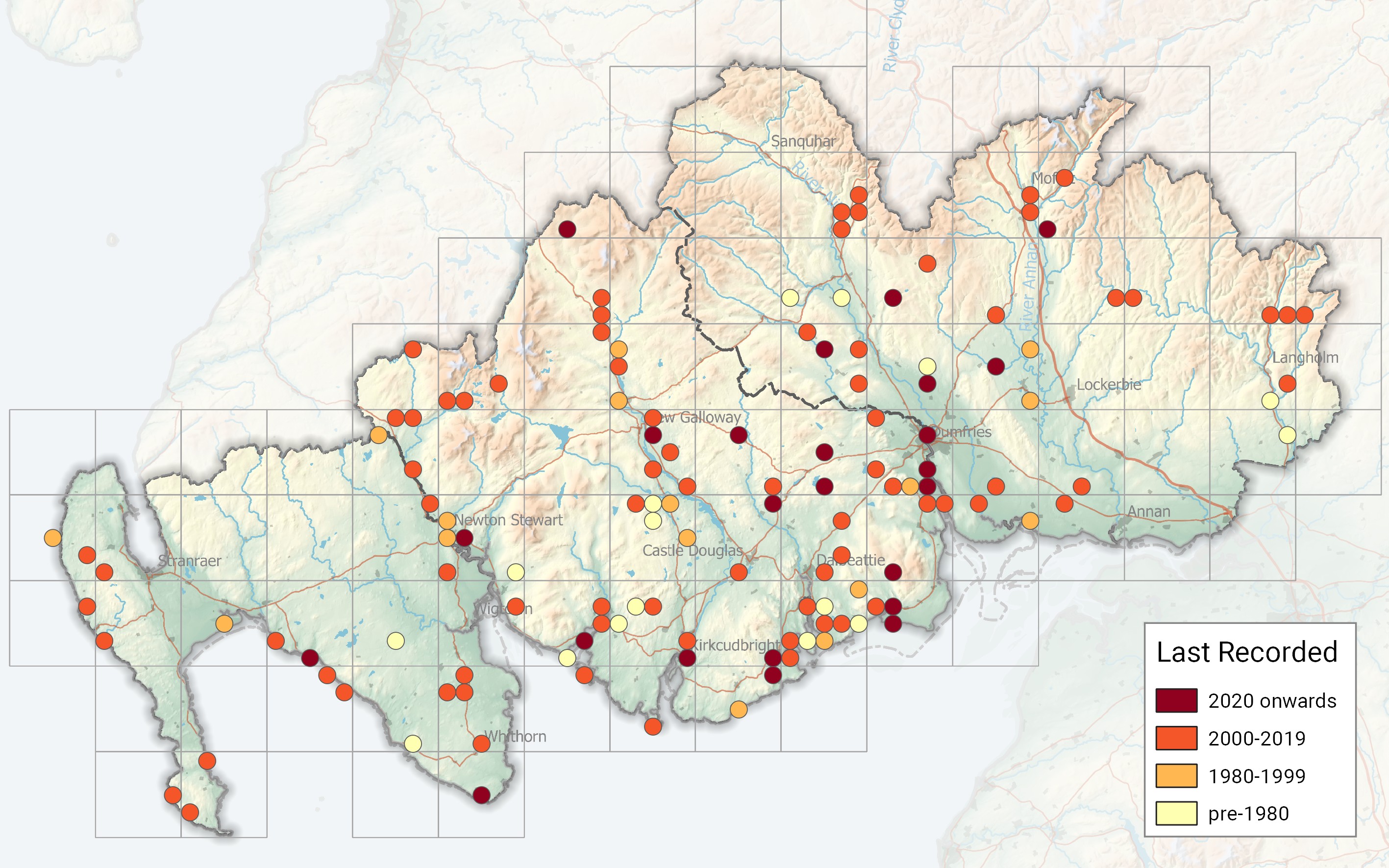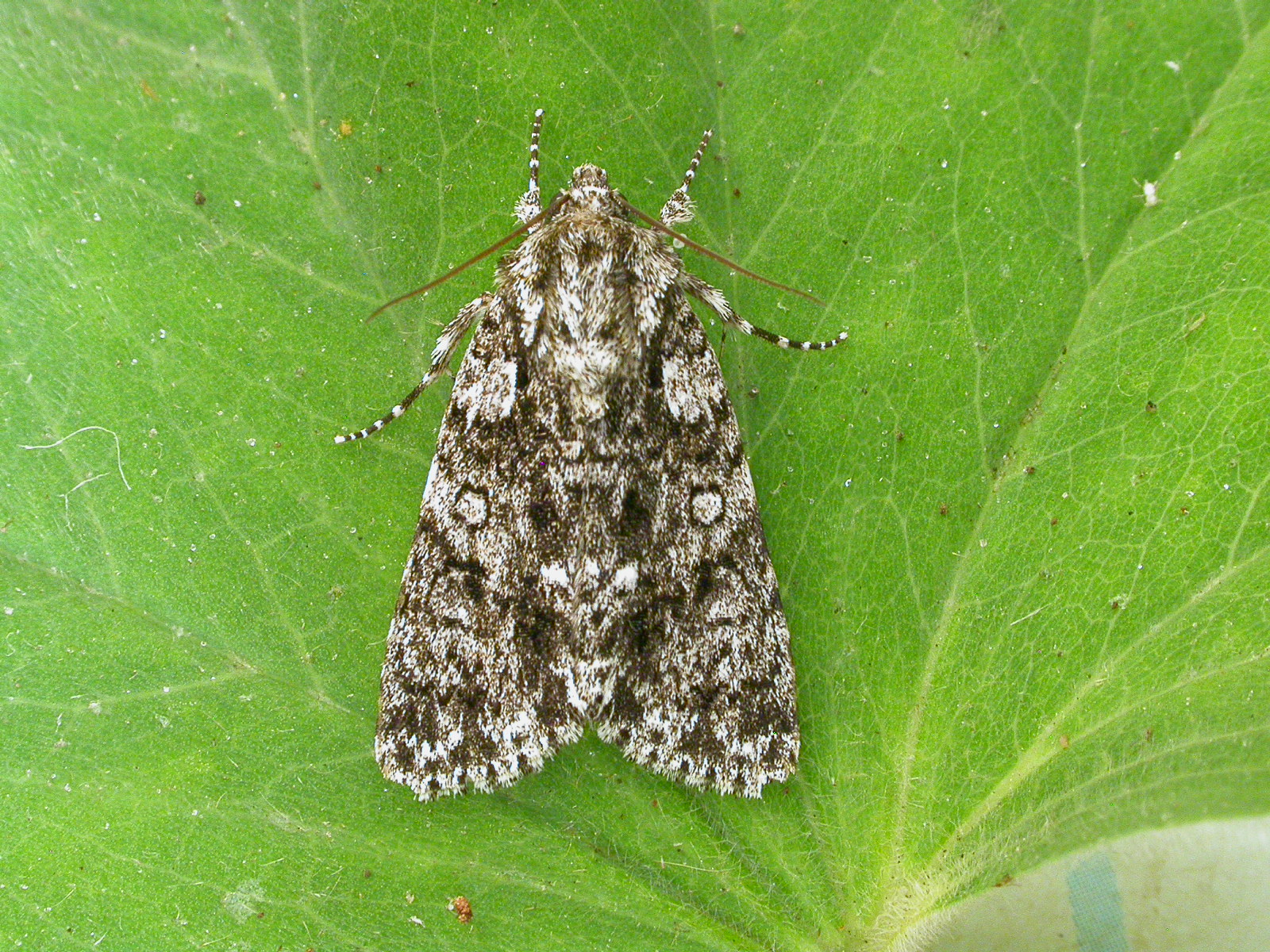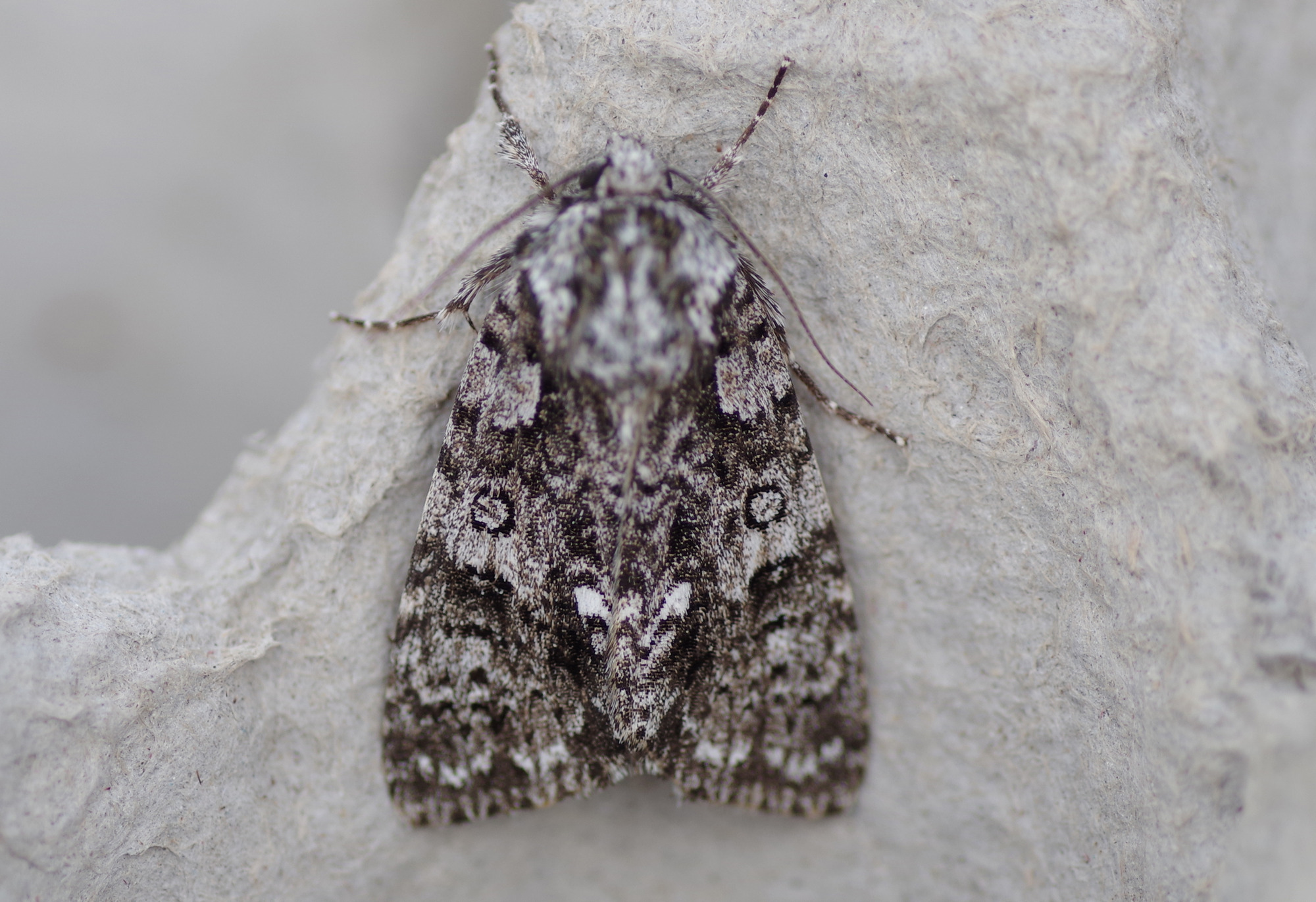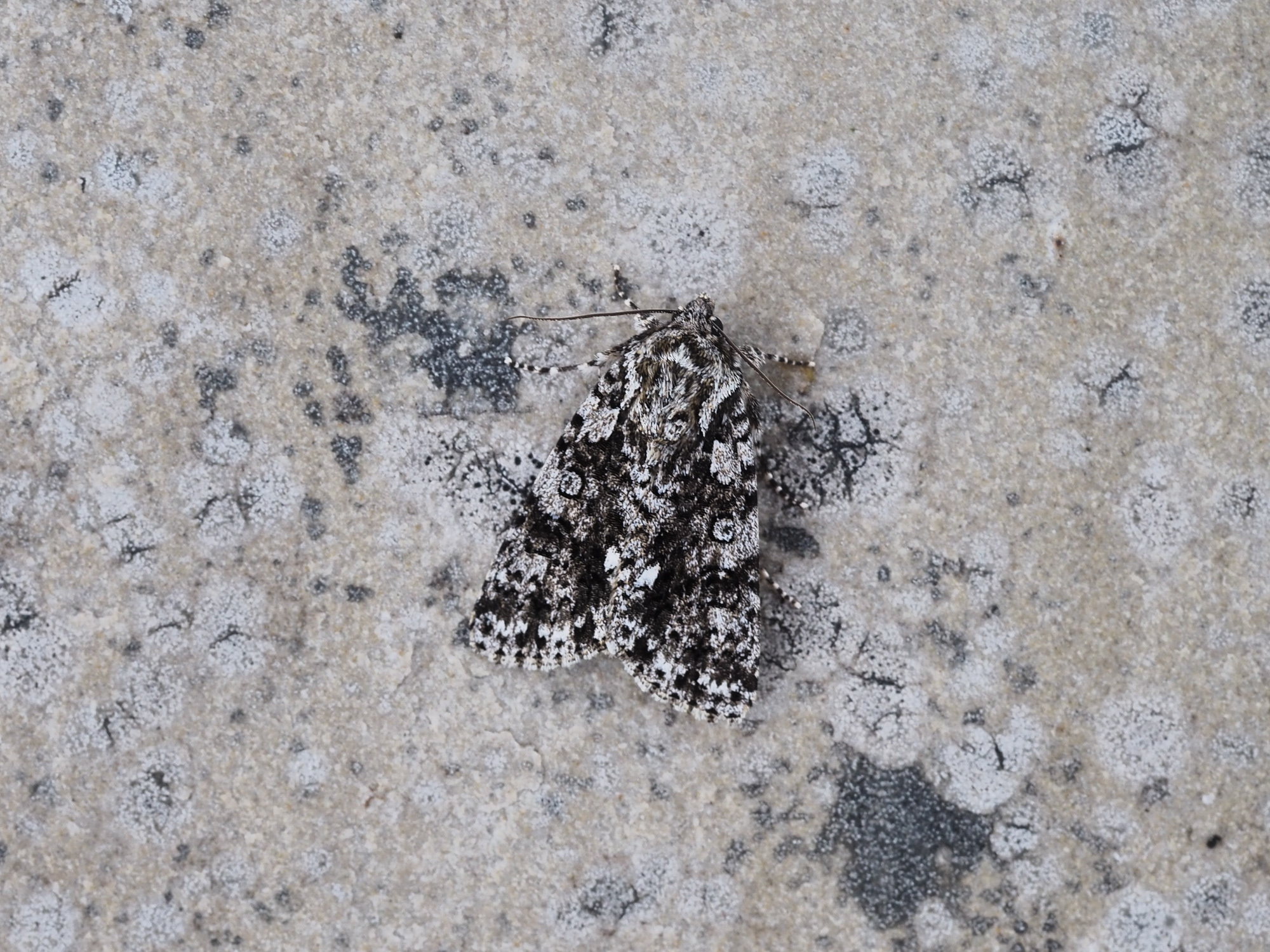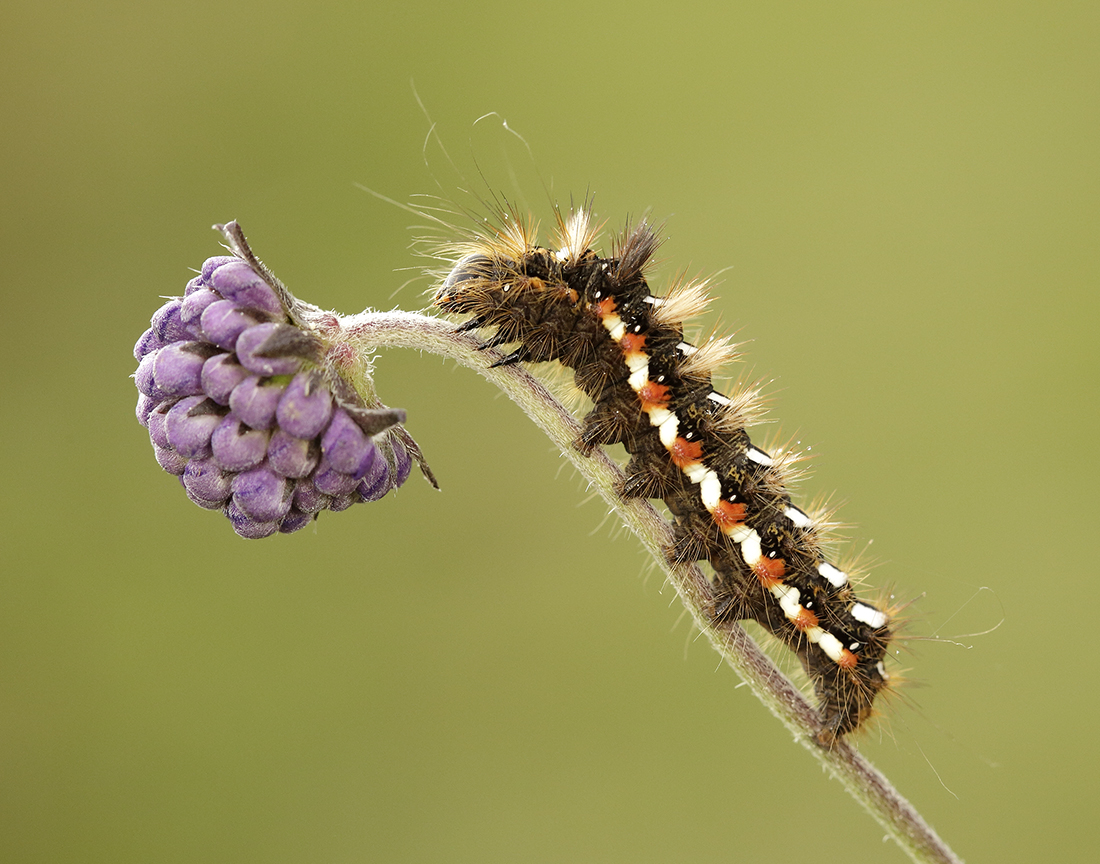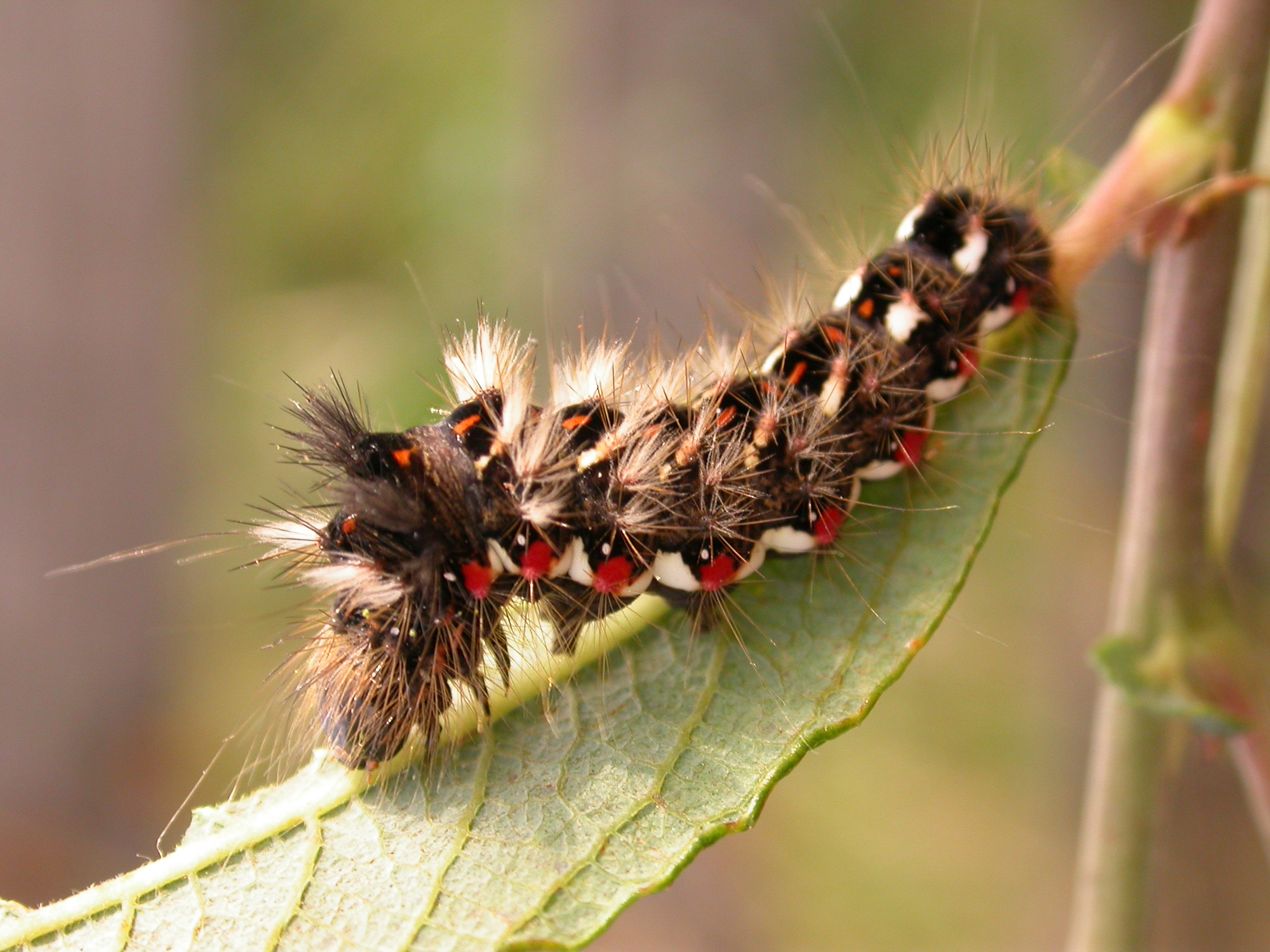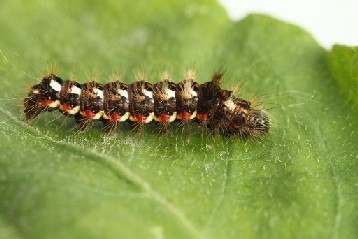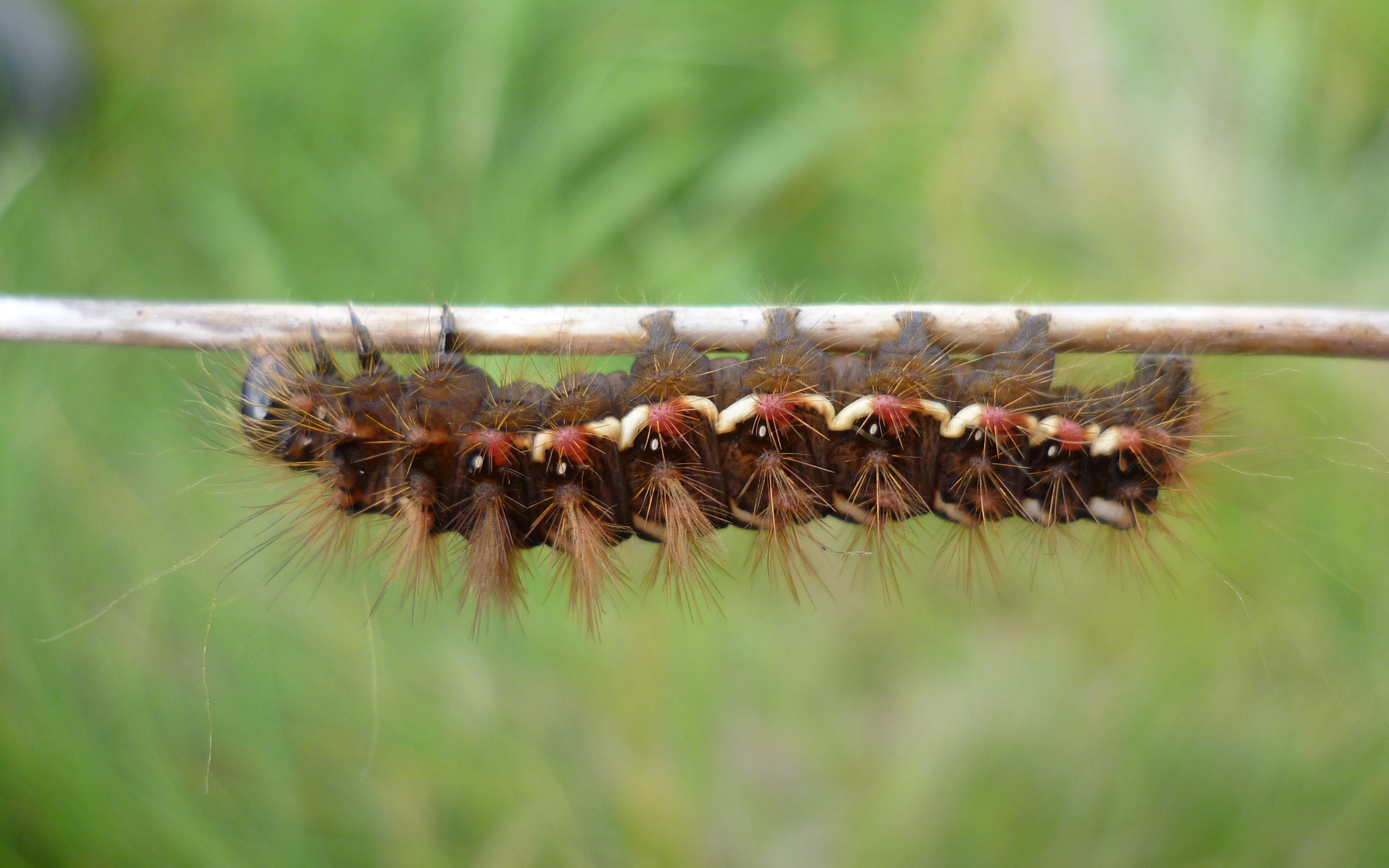Identification
The broken white cross-line at the outer edge of the forewing, together with two white spots a third of the way down from the base of the forewing by the trailing edge is diagnostic.
Recording Method.
Attracted to light.
Life cycle
One generation. Overwinters as a pupa. Larvae are present August to September.
Larval foodplants
A wide variety of woody and herbaceous plants.
Habitat
Grassland, heathland, wetlands and most other open sites, but occasionally woodlands as the specimen depicted.
History
Lennon (1863) had found the Knot Grass to be common around the Dumfries area where he walked. K. J. Morton of Edinburgh (1900) whilst on a visit in July 1899 to Wigtownshire had found this species in the Monreith area. Gordon (1913) found it to be common and generally distributed coming to sugar in woods and on moors around Corsemalzie. Earliest date was 3rd June 1897 with the latest being 22nd July 1906.
Sir Arthur Duncan (1909-84) during his lifetime had found it at Closeburn, Tynron and Castlehill, Dumfries (all VC72) and Colvend and Southerness (VC73). Archibald Russell (1944) listed it as occurring near Gatehouse of Fleet (VC73) during the years 1942-43.
At Irvine House Lodge, Auchenrivock, a series was trapped during 1974, while the Rothamsted stations recorded just under ten records during the period 1974-92, obviously it being the wrong habitat for this species, but it was trapped on the Hensol Estate, mainly woodland, during the early 1980s.
From 1989 to 2010 there were 120 records from a wide number of sites scattered across the region.
The melanic form ab. salicis Curtis, 1826 was noted by the Gordon brothers as occurring in the Corsemalzie (VC74) area at the turn of the 19th/20th centuries.

